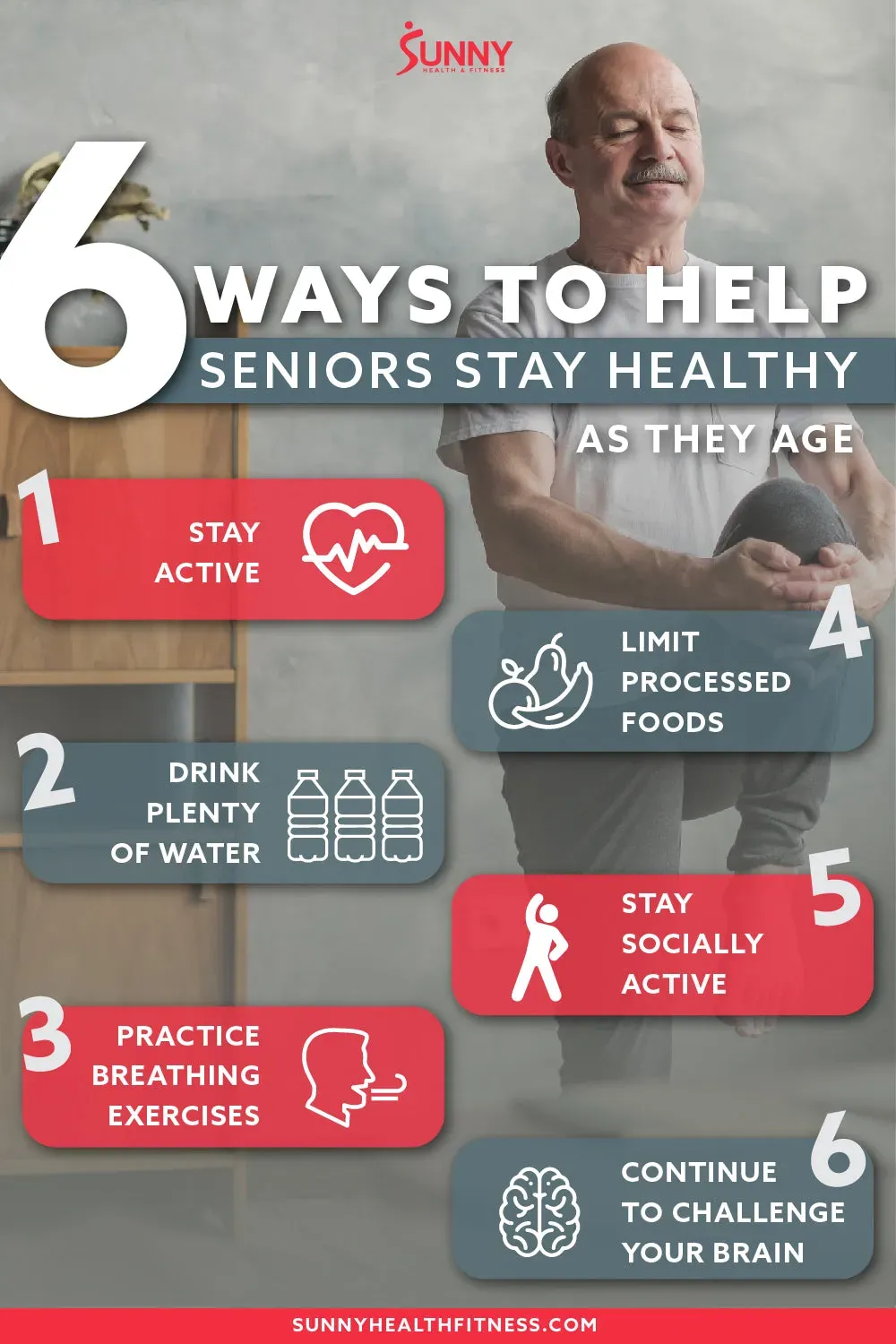Healthy aging tips are built on small, consistent choices that keep you strong, mentally sharp, and independent. Incorporating physical activity for seniors and paying attention to nutrition for older adults creates a practical, sustainable foundation for daily energy and long-term health. This approach centers on core wellness pillars you can customize to your current health status, preferences, and daily schedule, and it supports gradual habit formation through simple tracking and gentle accountability. You’ll discover practical steps you can start today, with gentle progress that fits real life and personal routines. Consistency, safety, and personalization form the backbone of sustainable change that supports independence over time.
Another way to frame this topic is through the lens of aging well, focusing on lifestyle choices that sustain vitality rather than quick fixes. Think of it as a holistic approach to senior wellness that emphasizes movement, mindful eating, and safe environments. In practical terms, you can explore concepts like consistent activity, balanced meals, and proactive health checks without feeling overwhelmed. This broader view aligns with terms such as elder wellness, lifelong fitness, and resilience in later years. For those interested in specific practices, balance training for older adults can be integrated into short daily routines, from chair supports to controlled standing drills.
Healthy Aging Tips: A Practical Plan for Physical Activity for Seniors, Nutrition for Older Adults, and Bone Health in Aging
Small, steady steps add up to meaningful changes. To support Healthy aging tips, aim for about 150 minutes of moderate-intensity aerobic activity each week, plus two or more days of muscle-strengthening work. If that feels ambitious at first, start with 10–15 minutes a day and gradually build up. Incorporating balance and flexibility exercises—such as quick balance drills, tai chi, or gentle yoga—helps protect independence by reducing fall risk and improving coordination. This practical plan echoes the idea that consistency, not perfection, moves you toward lasting vitality.
Nutrition for older adults complements movement by fueling workouts, supporting muscle repair, and sustaining energy. Focus on protein intake around 1.0–1.2 grams per kilogram of body weight daily, calcium about 1,200 mg, and vitamin D 800–1,000 IU when appropriate. Hydration matters too, with roughly 6–8 cups of fluids daily, plus fiber-rich foods to support digestion and heart health. A plate method—half colorful vegetables, a quarter lean protein, and the rest whole grains or starchy vegetables—helps ensure you get the nutrients you need for bone health in aging and overall wellbeing.
Fall Prevention for Seniors: Balance Training for Older Adults and Bone Health in Aging
Fall prevention for seniors starts with strong balance and controlled movement. Integrate balance training for older adults two to three times per week, beginning with simple drills like standing with feet together and progressing to single-leg stands. As confidence grows, introduce variations such as eyes-closed tasks or practicing on a stable surface with supervision. Regular balance work enhances proprioception and reaction time, forming a key line of defense against slips and missteps.
Beyond exercises, create a safer living environment to support bone health in aging and daily stability. Clear clutter, use non-slip rugs, install grab bars in bathrooms, and improve hallway lighting. Wear supportive footwear with good tread, and avoid walking barefoot on slick floors. Pair balance routines with functional tasks—like stepping onto a curb or climbing stairs under controlled conditions—to translate gains into real-world steadiness. By pairing these strategies with appropriate nutrition and regular activity, you can strengthen bones, reduce fall risk, and preserve independence.
Frequently Asked Questions
What are Healthy aging tips to improve physical activity for seniors and support fall prevention?
Healthy aging tip: Physical activity for seniors is the cornerstone. Aim for at least 150 minutes of moderate‑intensity aerobic activity per week (e.g., brisk walking, cycling, water workouts). Add two or more days of muscle‑strengthening exercises with light resistance, and include balance training like tai chi or toe‑to‑heel walking. Regular balance drills (standing on one leg, heel‑to‑toe walking) help reduce fall risk and improve coordination. Start slowly, warm up, and progress gradually; consult your clinician if you have chronic conditions. Consistency matters more than intensity for lasting healthy aging.
What Healthy aging tips can guide nutrition for older adults to support bone health in aging and fall prevention?
Healthy aging tips for nutrition for older adults emphasize protein, calcium, vitamin D, fiber, fluids, and micronutrients to support bone health in aging and fall prevention. Aim for 1.0–1.2 g of protein per kilogram per day, distributed across meals, from sources like lean meats, fish, dairy, legumes, nuts, and seeds. Calcium about 1,200 mg and vitamin D 800–1,000 IU daily are commonly recommended; adjust for sun exposure and medical advice. Hydration is essential—target 6–8 cups of fluids daily, and choose fiber‑rich vegetables, fruits, whole grains, and legumes. Build meals on a balanced plate: half colorful vegetables/fruits, a quarter lean protein, and a quarter whole grains. If you have diabetes, kidney concerns, or other conditions, consult a dietitian to tailor a plan. Combine this nutrition with bone‑strengthening exercises and a safe home environment to support bone health in aging and fall prevention.
| Pillar | Key Points | Practical Tips / Actions |
|---|---|---|
| Physical Activity for Seniors | Regular movement is essential; mix cardio, strength, and balance. Aim for at least 150 minutes of moderate activity per week plus 2+ days of muscle strengthening; include balance and flexibility work. Start with medical clearance if needed; progress gradually. | Begin with 10–15 minutes daily, gradually increase. Add beginner-friendly classes (tai chi, gentle yoga); warm up; rest days; monitor for chest pain, shortness of breath, or dizziness and seek care if needed. |
| Nutrition for Older Adults | Protein is emphasized (≈1.0–1.2 g/kg/day). Calcium (~1200 mg) and vitamin D (800–1000 IU) support bones. Include fiber, fluids, and micronutrients; stay hydrated; balance meals to fuel daily activity. | Choose lean proteins, dairy, legumes, nuts; distribute protein across meals; aim for calcium-rich foods and vitamin D via sun, foods, or supplements as advised by a clinician. Hydration: 6–8 cups daily. Plate: half vegetables/fruits, quarter protein, quarter whole grains. |
| Bone Health and Fall Prevention | Bone density preservation with resistance/weight-bearing exercise; adequate calcium and vitamin D; fall risk reduction through home safety and proper footwear. | Incorporate resistance training; ensure safe home environment (grab bars, clear floors); wear supportive footwear; practice balance exercises for stability. |
| Balance Training for Older Adults | Balance declines with age but can improve with practice. Perform routines 2–3 times per week; start with simple drills and progress (single-leg stands, tandem walks, stable to unstable surfaces). Safety and supervision matter. | Progress drills progressively: feet-together balance, then single-leg stands 15–20 seconds each leg; add eyes-closed or unstable surfaces as appropriate under guidance. |
| Sleep, Hydration, and Mental Wellbeing | Quality sleep supports recovery, mood, and cognition. Hydration and mental wellbeing are essential; social connections protect cognitive health. | Create a sleep-friendly environment; limit caffeine late in day; stay hydrated with water-rich foods; stay socially and mentally engaged (reading, puzzles, classes, volunteering). |
| Regular Healthcare and Medication Review | Routine health screenings, vaccinations, and medication reviews reduce risks and polypharmacy; keep an up-to-date medication list. | Schedule checkups and bone density tests as indicated; review medications with a clinician; discuss supplements and interactions to minimize risks. |
Summary
Conclusion: Healthy aging tips



